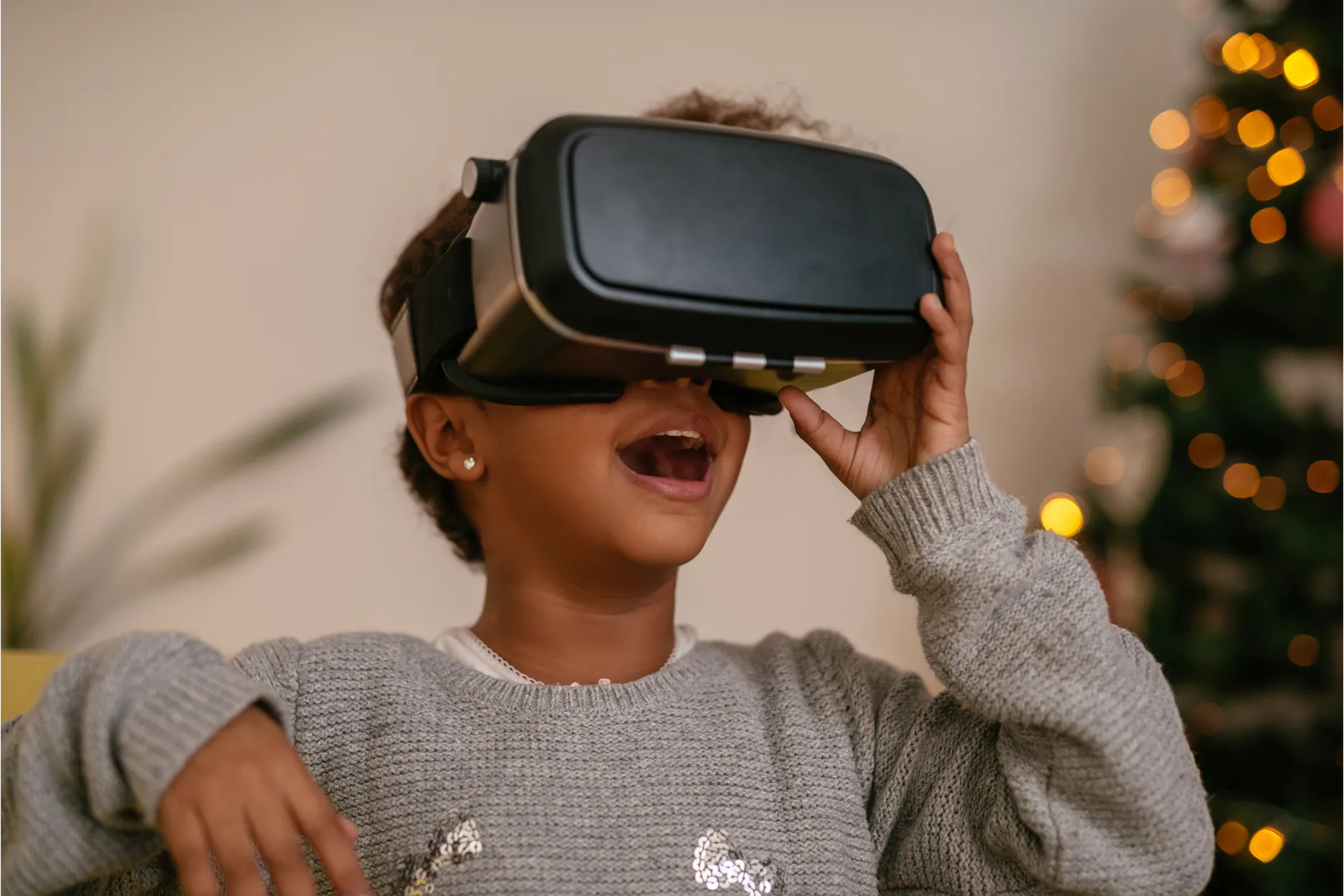
The world of interior design is undergoing a remarkable transformation, thanks to the power of 3D visualization. As technology continues to advance, the interior design industry is embracing the digital revolution to create more immersive and visually stunning spaces.
In this blog post, we will explore how innovative 3D visualization is changing the game in interior design, from digital transformation to product visualization. We'll draw inspiration from various websites that have already delved into this exciting revolution, offering real-world examples to illustrate the incredible possibilities of 3D in interior design.
The digital transformation in interior design is not just a trend; it's a fundamental shift in how designers and clients interact with spaces before they are even built. It leverages cutting-edge technology to bring designs to life in ways that were previously unimaginable.
One website that has been at the forefront of this transformation is Houzz. They provide a platform for homeowners and professionals to collaborate and visualize interior design ideas using 3D rendering. By uploading photos of their spaces and applying 3D models and textures, users can experiment with different styles and layouts. This interactive process allows for a more informed decision-making process, enabling clients to see how their ideas will look in reality.
Another notable example is Pinterest, where users can discover and curate design inspiration boards. Through partnerships with 3D visualization companies, Pinterest has introduced features that allow users to see products and furniture in a real-world context using augmented reality. This helps users bridge the gap between inspiration and implementation, making the design process more accessible and engaging.

The integration of technology into interior design has not only enhanced the design process but also streamlined the execution phase. Augmented reality (AR) and virtual reality (VR) are two groundbreaking technologies that are revolutionizing the way designers and clients experience spaces.
IKEA's Place app is a prime example of how AR is being used in interior design. Users can scan their rooms and virtually place IKEA furniture to see how it fits and looks in their space. This not only simplifies the purchasing process but also eliminates the uncertainty associated with choosing the right size and style of furniture.
In the world of VR, RoomSketcher offers a remarkable solution. They enable users to create 3D floor plans and walkthroughs of their designs. Clients can don a VR headset and explore their future spaces as if they were already built. This immersive experience helps designers and clients make informed decisions about layouts, colors, and materials.
Product visualization is another key aspect of 3D revolutionizing interior design. It allows designers and clients to preview products and materials in a highly realistic manner, ensuring that the final design matches their expectations.
One website that excels in product visualization is Wayfair. They offer 3D room planners that allow users to experiment with furniture and decor in a 3D space. By visualizing how different products fit together, clients can confidently make purchase decisions, reducing the likelihood of returns and design mishaps.
Additionally, Material Bank is changing the game by offering designers a platform to sample and visualize materials at an unprecedented speed. With their 3D visualization tools, designers can see how materials will appear in various lighting conditions and settings, ensuring that the chosen materials align with their vision.

To truly appreciate the impact of 3D visualization in interior design, let's take a look at some real-world applications.
Read Also: Retail Renaissance: Using Virtual Product Displays to Revamp In-Store Experiences
The 3D revolution in interior design is undeniably transformative. It empowers designers and clients with tools to make informed decisions, enhances the shopping experience, and simplifies the architectural and real estate industries. As technology continues to advance, we can expect even more groundbreaking innovations in 3D visualization, further blurring the line between imagination and reality.
As we gaze towards the horizon of innovation, a beacon of light shines brightly: Twinn Vision. This visionary platform stands at the forefront of the decor industry, offering a holistic solution that empowers manufacturers, distributors, and retailers to navigate the immersive 3D landscape with unparalleled ease.
Embracing this revolution is not just an option; it's a necessity for those looking to stay at the forefront of the interior design world. So, whether you're a designer, homeowner, or simply someone passionate about design, dive into the world of 3D visualization and witness the magic it brings to interior spaces. The fusion of technology and creativity is reshaping our interior environments, and the possibilities are limitless.
FAQs
To stay competitive, businesses and designers should embrace the 3D revolution by investing in cutting-edge 3D design software, training their teams, and showcasing their work with compelling 3D visualizations.
Innovative 3D visualization in interior design offers benefits such as improved client communication, reduced design errors, cost savings through early problem identification, quicker decision-making, and the ability to experiment with various design elements to create customized, stunning interiors.
The 3D revolution in design refers to the widespread use of advanced 3D visualization tools to create immersive and realistic interior design concepts.